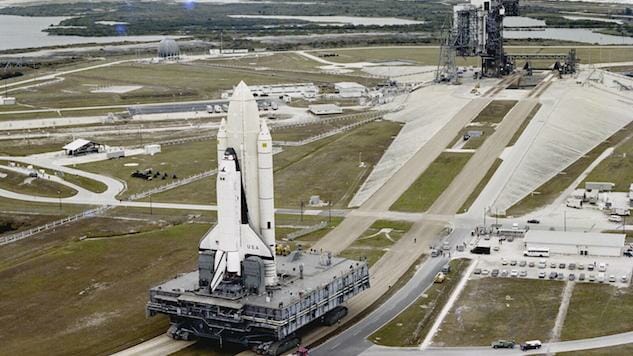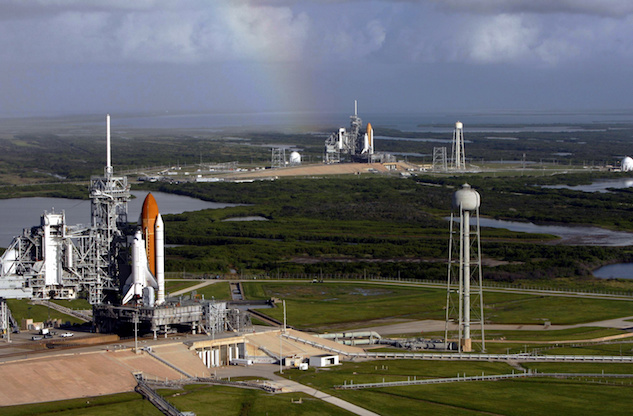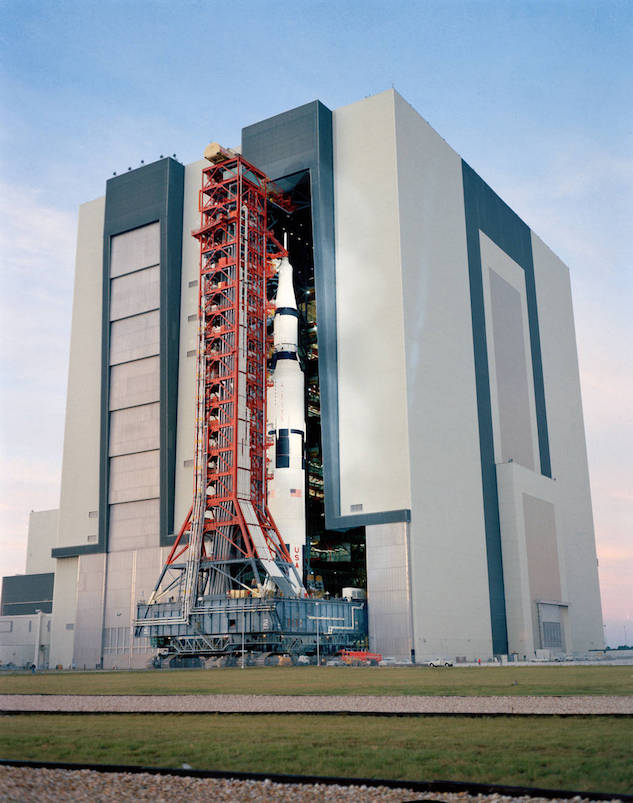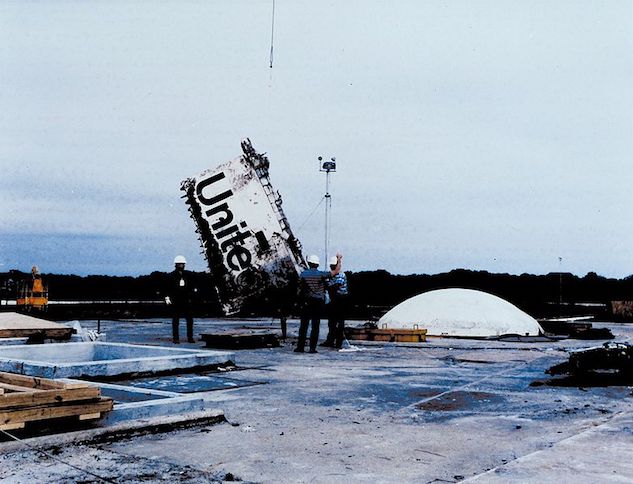Space Matter: A Quick History of Launch Pads at Cape Canaveral

Space Matter is a weekly column that delves into space science and the mechanics of spaceflight. From the latest discoveries in the universe around us to the fits and starts of rocket test flights, you’ll find analysis, discussion and an eternal optimism about space and launching ourselves into the cosmos.
![]()
Cape Canaveral (called Cape Kennedy for a time after President Kennedy’s death) is our nation’s spaceport. Sure, we have launch facilities at other sites, such as Wallops Island, VA, Vandenberg Air Force Base in California, and a whole host of commercial launch facilities currently licensed or in development, but the Cape is where all our manned launches happen—our gateway to the stars.
Last year, NASA made headlines within the space community by announcing that SpaceX would be taking over Launch Pad 39A, a historic launch site to be sure. Its first flight is scheduled (at the time of this writing) for February 18. The first launch from pad 39A was the unmanned Apollo 4, the first test of the Saturn V rocket, on November 9, 1967. Pad 39A saw use through the Apollo and shuttle era—it was the launch site of both the first shuttle flight (STS-1) and the last (STS-135). It also played a part in the first and only possible dual shuttle launch in the program’s history.
STS-125 was a risky mission to service the Hubble Space Telescope in 2009. It was originally cancelled by NASA in the wake of the Columbia accident investigations because it was seen as too dangerous—the high orbit of Hubble meant that the shuttle couldn’t do a required ISS flyby to inspect the thermal tiles that comprised the orbiter’s heat shields. (Columbia was destroyed upon reentry in 2003 because of damage to its thermal tiles). But NASA managers were able to work around the problem, and Space Shuttle Atlantis launched from Pad 39A on May 11, 2009, ensuring that Hubble would be able to function through, at minimum, 2014. Just as a precaution, for the first time in the shuttle program’s history, a second orbiter—Endeavour—was prepped and ready on Launch Pad 39B in case a rescue mission was needed.

Space Shuttle Atlantis sits on Pad 39A, while Endeavour waits on Pad 39B in case a rescue is needed for STS-125. Photo courtesy of NASA/Troy Cryder
Launch Pad 39A isn’t the only launch site with interesting history. Most people probably don’t give launch pads a second thought. They’re a tool we use to get to space—the interesting stuff is what happens as and after the rocket lifts off the launch pad, not the pad itself. But actually, the history of Cape Canaveral as a spaceport is more interesting than it first appears.
To start with, there’s not just one launch pad, or two, or even ten. There’s a reason the area surrounding Kennedy Space Center and Cape Canaveral is called The Space Coast—it’s littered with launch pads (the vast majority of which are inactive). There are over 40 launch complexes on the Space Coast, divided between the civilian Kennedy Space Center and the military Cape Canaveral Air Force Station. Kennedy only has three launch pads—39A, 39B, and 39C, two of which became inactive after the space shuttle era. Launch Pad 39B is still in an inactive state, but as mentioned, 39A has been updated to serve SpaceX launches. Pad 39C is new, designed for small satellite launches, rather than ISS resupply missions and eventual manned missions. Only four of the launch pads at Cape Canaveral are active; one of those, Launch Complex 40, was heavily damaged in the SpaceX Falcon 9 explosion last year, accelerating NASA’s plans to lease Pad 39A to the company.
-

-

-

-

-

-

-

-

-

-

-

-

-

-

-

-

-

-

-

-

-

-

-

-

-

-

-

-

-

-

-

-

-

-

-

-

-

-

-

-

 Apollo 14 rolls out of the VAB with its Saturn V rocket, equivalent in size to a 36-story building Photo courtesy of
Apollo 14 rolls out of the VAB with its Saturn V rocket, equivalent in size to a 36-story building Photo courtesy of  The remains of Challenger are lowered into the missile silo at Launch Complex 31. Photo courtesy of
The remains of Challenger are lowered into the missile silo at Launch Complex 31. Photo courtesy of 






































